When Vanity Fair released its first photo of Caitlyn Jenner earlier this summer, it made me think of another trans woman who introduced herself through a painted portrait roughly a hundred years before: Lili Elbe.
In 1930, Lili traveled from the Paris studio she shared with her wife, Gerda, to Germany, for a series of surgeries at the Dresden Municipal Women's Clinic to complete her transition. While there, she liked to sit on the sunny banks of the Elbe River pondering her past, when she lived as Einar Wegener, the male name and gender she was assigned at birth, and her future as herself. (The Elbe would inspire her new last name.)
Now, with Eddie Redmayne portraying her in the forthcoming film The Danish Girl, many more people will recognize Lili for what she's always been -- a trans pioneer.

I first read about Lili almost 20 years ago, when I was a young writer. Many elements of her story resonated with me -- her courage to be herself; that she had transitioned while in a marriage; the evocative settings of Europe between the World Wars; and her important place in LGBTIQ history.
One detail in particular lit my imagination: Lili's wife, Gerda, had painted several oil portraits of Lili, depicting a beautiful woman with enormous black eyes and lips like two valentines. These portraits, begun early in her transition, were the first public images of Lili. They showed Lili lying on a divan, her arms behind her head; Lili playing cards with a leg up on her chair; Lili looking over her shoulder with hooded eyes and a gaze that can mean many things. The Lili paintings became a sensation in the art worlds of Copenhagen and Paris -- viewers were drawn to the portraits of a woman whose expression had nearly as many interpretations as the Mona Lisa's.
In the same way, Lili herself has many interpretations. She can mean many things to many people. This is, in part, what makes her legacy so rich and inspiring. For me, the more I thought about Lili, the more I began to think of her life as a story of art, love, and identity.
Below: Lili Elbe by Gerda Wegener.

An artist sees that which does not yet exist. He or she imagines a future others cannot perceive. The artist interprets reality, making it even more vivid and lasting. The story of Lili Elbe is a story of art, of creating, of imagining what is to be. It is about artists who interpreted the world, and themselves, through their art. Curiously, Lili insisted she was not an artist, despite the successful career she had as a painter before she transitioned. She said art and painting belonged to Einar -- and I'm reminded of that fact by one of her paintings that hangs beside me in my office as I type these words. It's a painting of a French chateau, signed Einar Wegener.
But I disagree with Lili's summary dismissal of her artistic talent. Lili was an artist -- her greatest creation was herself. She imagined a future life and did everything she could to create it.
I have spent many long hours looking at Gerda's paintings of Lili. They are not literal depictions of Lili, just as Monet's haystacks are not literal. They are interpretations, highly stylized, symbolic, and alive in color, full of of pinks, greens, and yellows. Yet they capture Lili's essence and spirit more vibrantly than any photographs I have seen of her. The world first met Lili through these portraits, and through these portraits, I first came to understand some of the colors, contours, and shadows of her soul.
 The story of Lili Elbe is also a story of love. We articulate and express many of our emotions through our relationships, and I came to believe that a key to understanding Lili was through Gerda. In their marriage, they created a cove of intimacy where their love could be its most authentic and most vulnerable. It was in this private space that Lili first emerged.
The story of Lili Elbe is also a story of love. We articulate and express many of our emotions through our relationships, and I came to believe that a key to understanding Lili was through Gerda. In their marriage, they created a cove of intimacy where their love could be its most authentic and most vulnerable. It was in this private space that Lili first emerged.
I was curious about how and why Gerda accepted Lili into their marriage, and Gerda's role in Lili's transition. Was Gerda so welcoming out of love and devotion, a desire to nurture and protect her beloved, or were Gerda's motivations more complicated? Lili would become Gerda's greatest muse, and some of her most celebrated paintings -- now worth hundreds of thousands of dollars -- are those featuring Lili. With Lili, Gerda saw some of her ambitions as an artist fulfilled.
And the story of Lili Elbe is, of course, a story of identity. Lili is now recognized as an icon in the trans movement. Her life, both as she lived it and as she described it by coming out in interviews and in Man Into Woman, the partially fictional biography she helped write before her death, expanded the public's understanding of gender identity at the time. Since then she has inspired many of us, both trans and cisgender, to be ourselves.
Lili knew that a false life is no life at all. Who are we? Whom do we want to become? How do we perceive ourselves? How do we want to be perceived? These questions of identity are often at the core of our own internal struggles. Resolve them, and you are closer to being free.
Almost a century ago, Lili conquered these questions for herself. She posed for a portrait in an artist's studio and said to the world, This is me.
 DAVID EBERSHOFF's first novel, The Danish Girl, is inspired by the life of Lili Elbe. It won the Lambda Literary Award for transgender fiction in 2000 and has been adapted into a major motion picture starring Eddie Redmayne as Elbe. The film opens in U.S. theaters November 27. Ebershoff's most recent novel is The 19th Wife.
DAVID EBERSHOFF's first novel, The Danish Girl, is inspired by the life of Lili Elbe. It won the Lambda Literary Award for transgender fiction in 2000 and has been adapted into a major motion picture starring Eddie Redmayne as Elbe. The film opens in U.S. theaters November 27. Ebershoff's most recent novel is The 19th Wife.


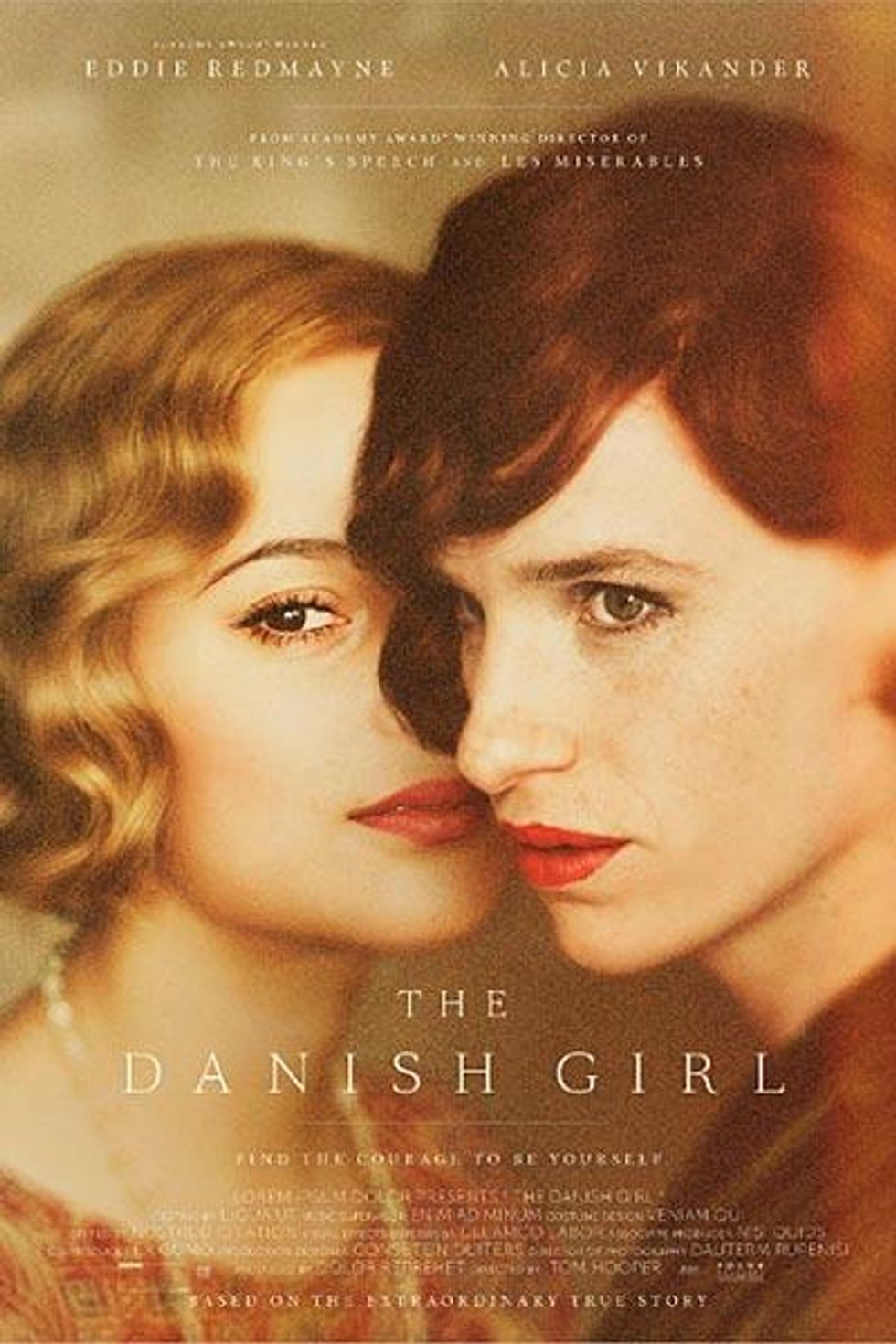
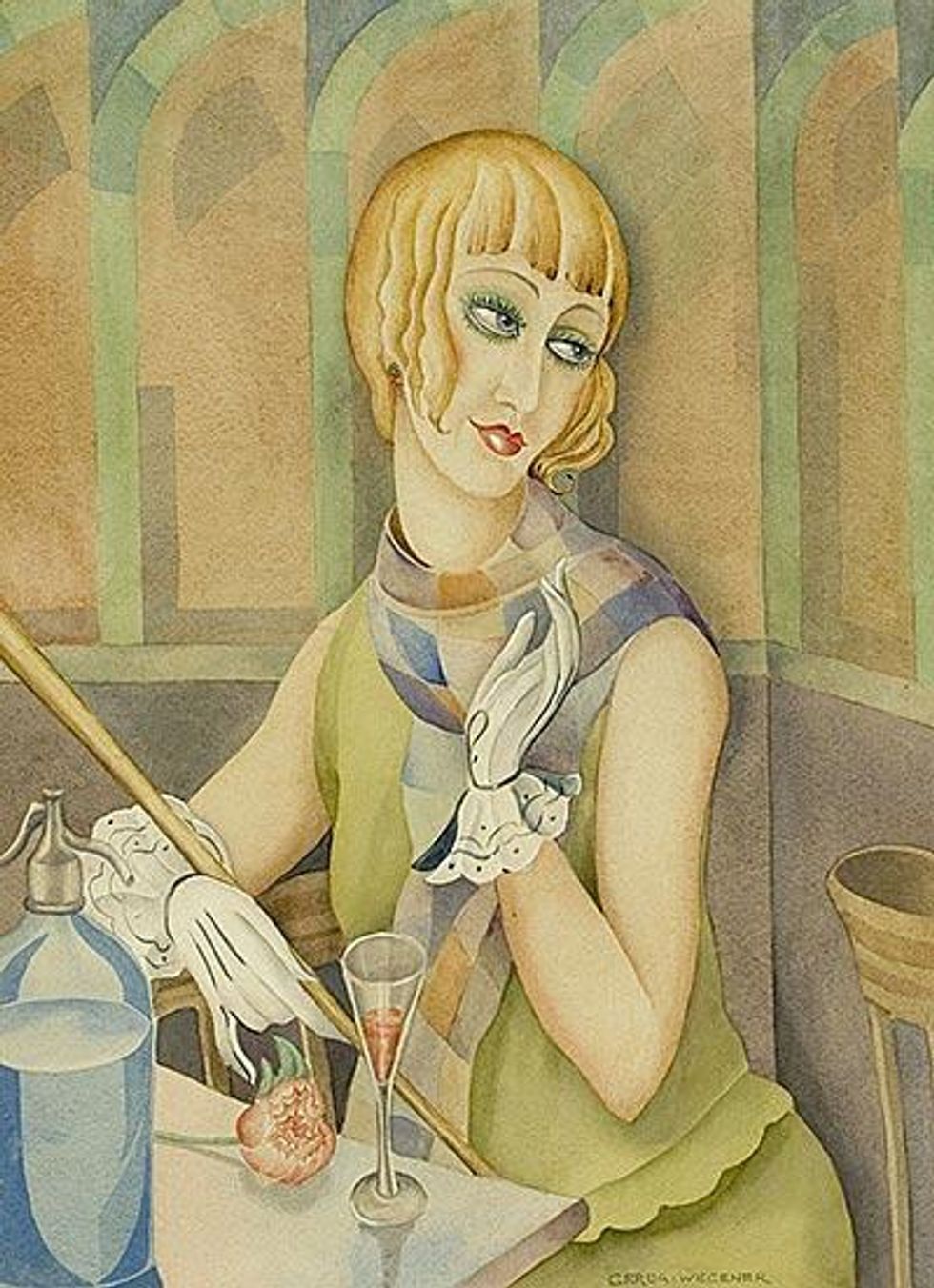
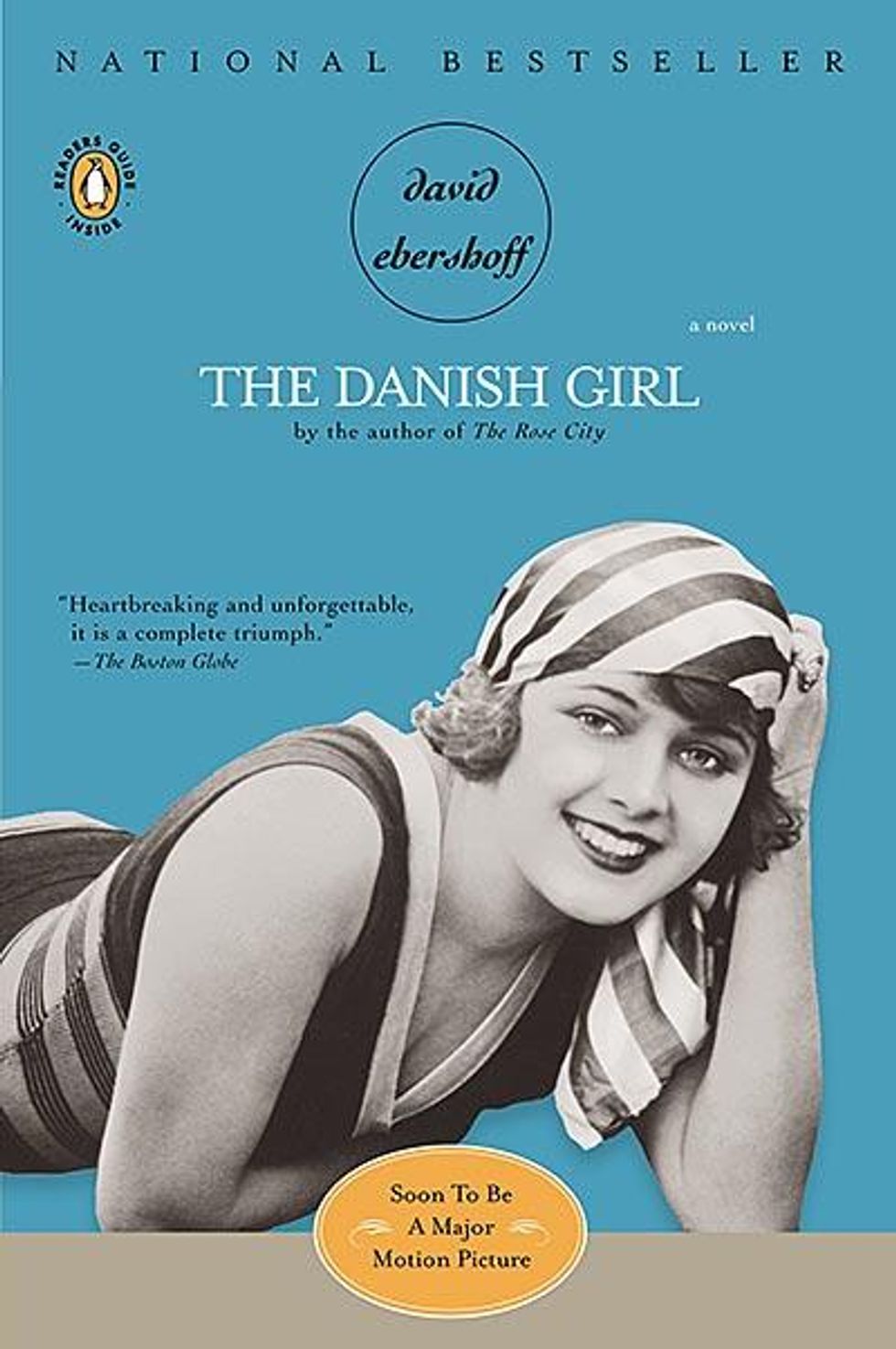 The story of Lili Elbe is also a story of love. We articulate and express many of our emotions through our relationships, and I came to believe that a key to understanding Lili was through Gerda. In their marriage, they created a cove of intimacy where their love could be its most authentic and most vulnerable. It was in this private space that Lili first emerged.
The story of Lili Elbe is also a story of love. We articulate and express many of our emotions through our relationships, and I came to believe that a key to understanding Lili was through Gerda. In their marriage, they created a cove of intimacy where their love could be its most authentic and most vulnerable. It was in this private space that Lili first emerged.  DAVID EBERSHOFF's first novel, The Danish Girl, is inspired by the life of Lili Elbe. It won the Lambda Literary Award for
DAVID EBERSHOFF's first novel, The Danish Girl, is inspired by the life of Lili Elbe. It won the Lambda Literary Award for 





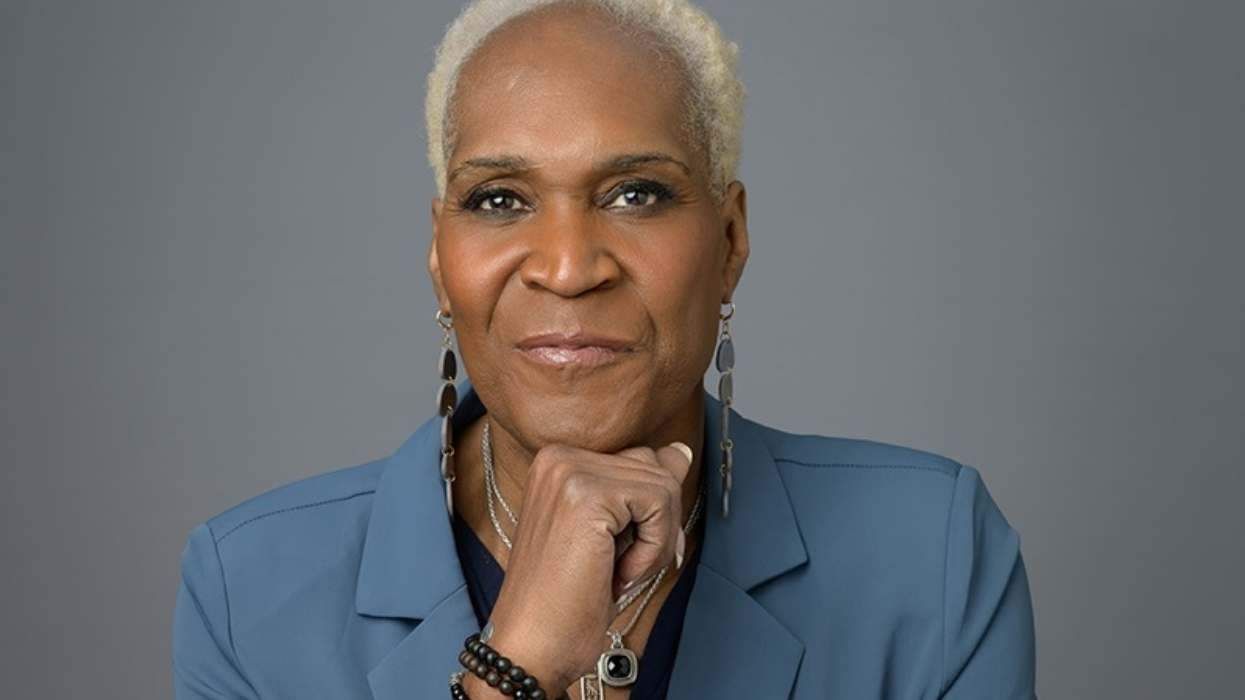















































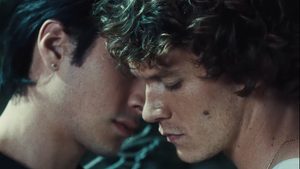








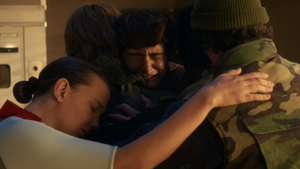


Charlie Kirk DID say stoning gay people was the 'perfect law' — and these other heinous quotes